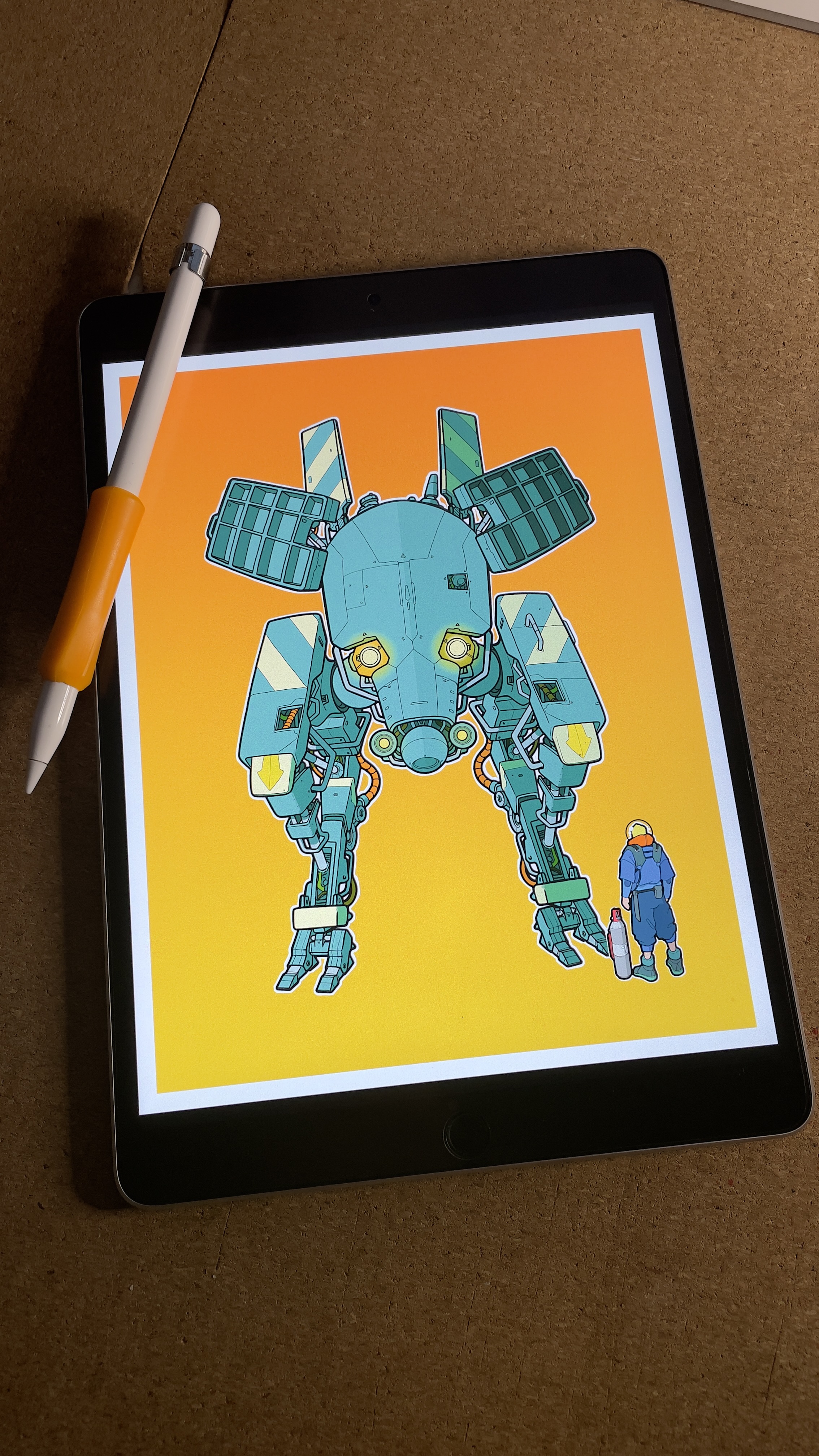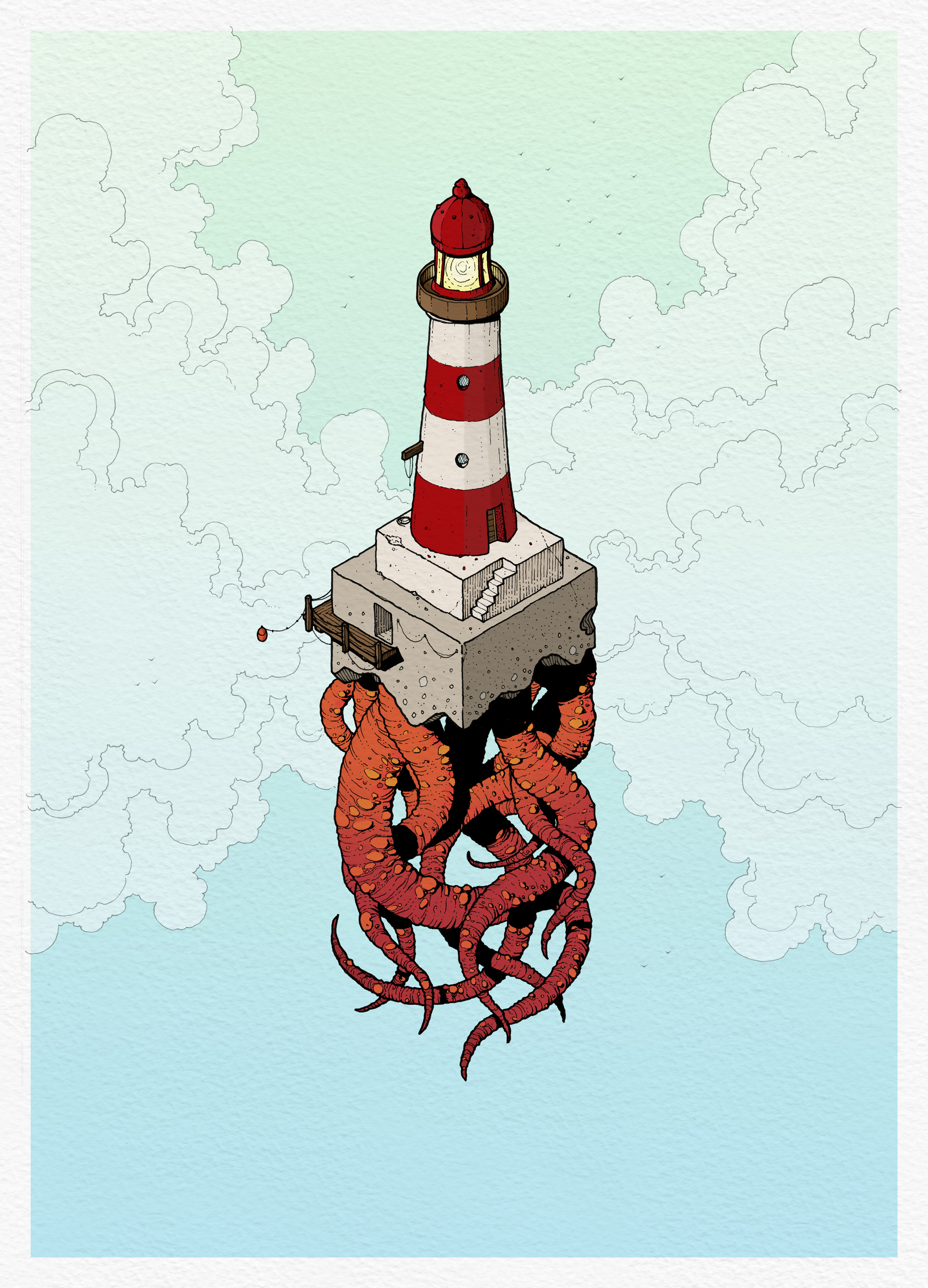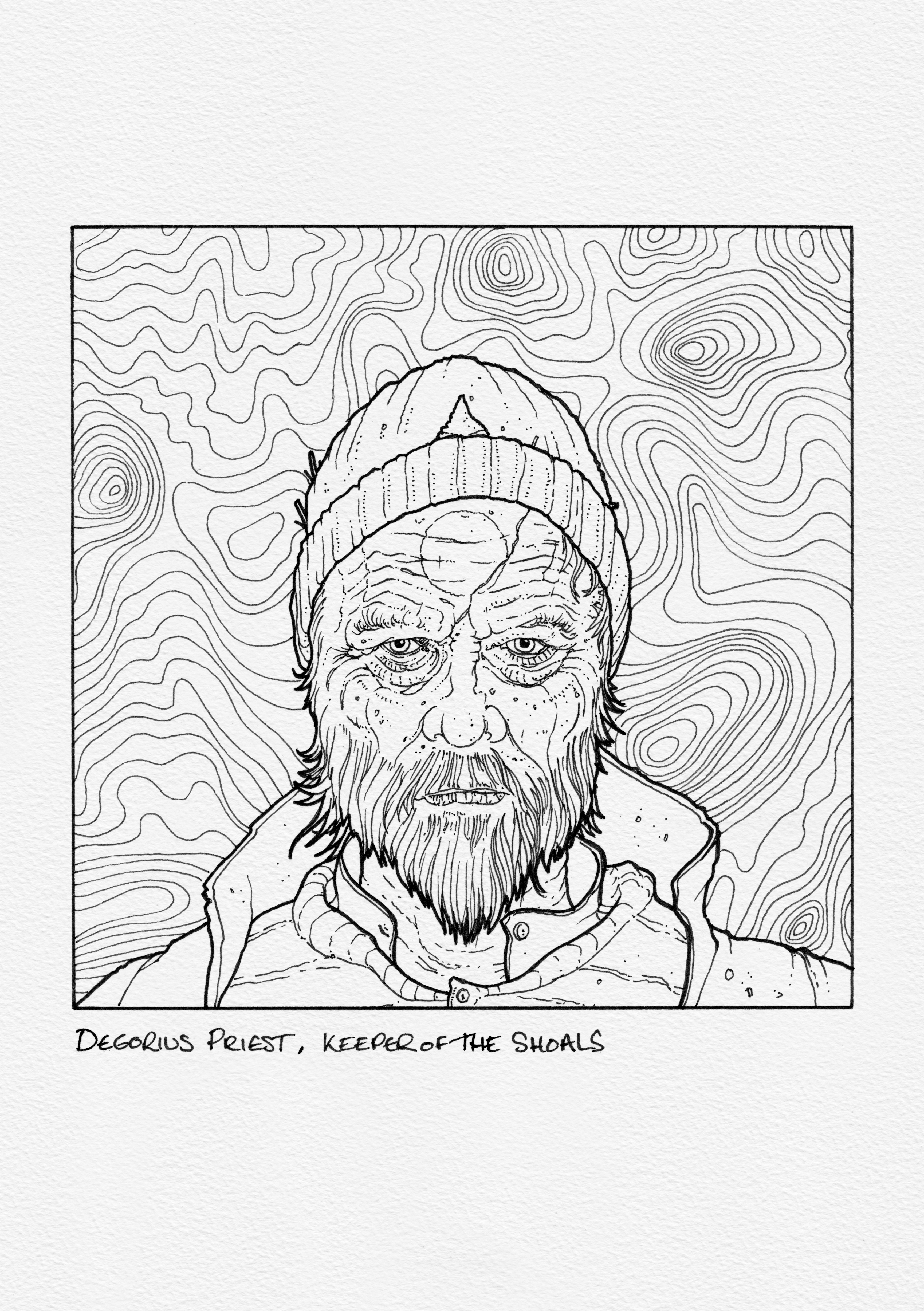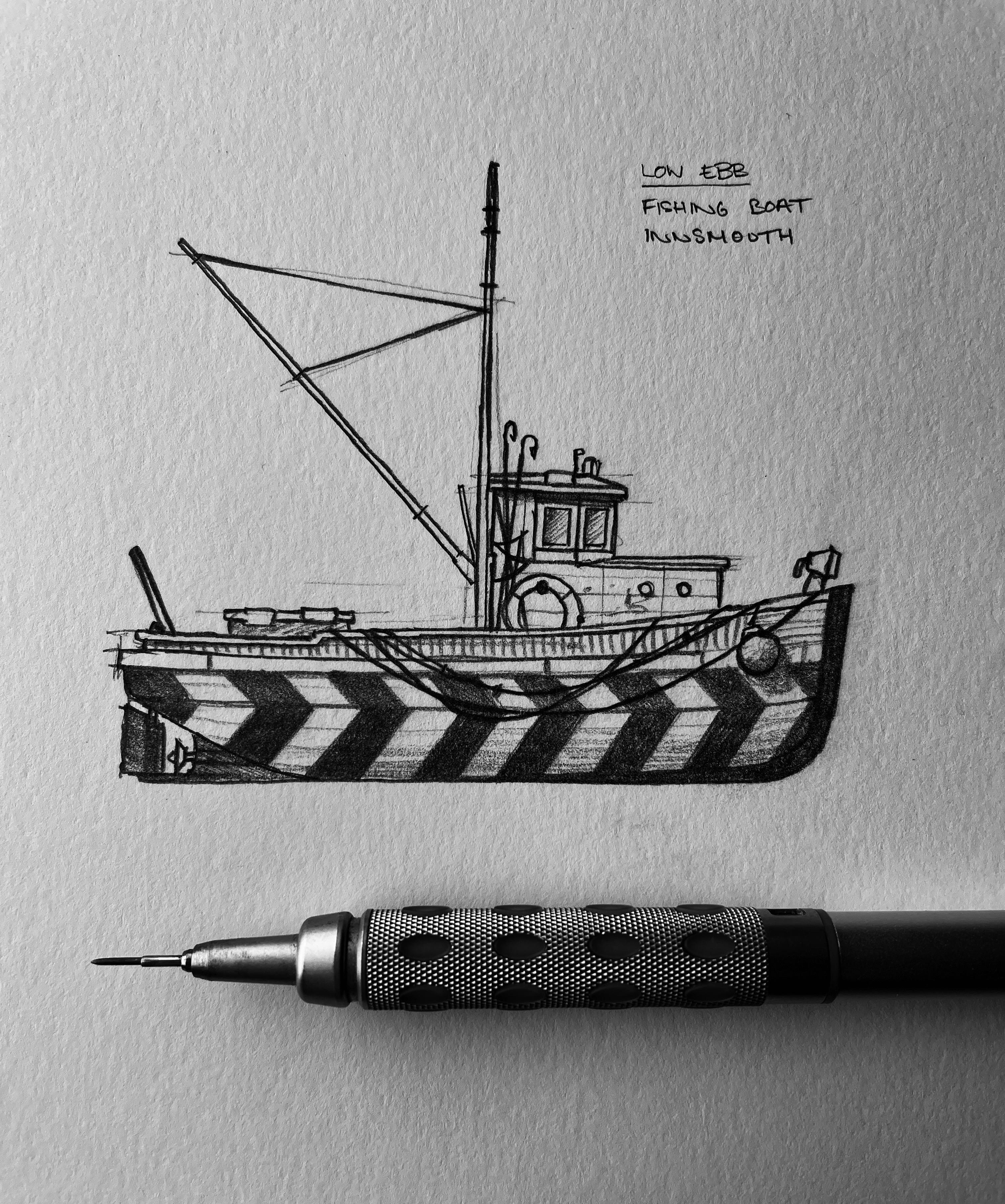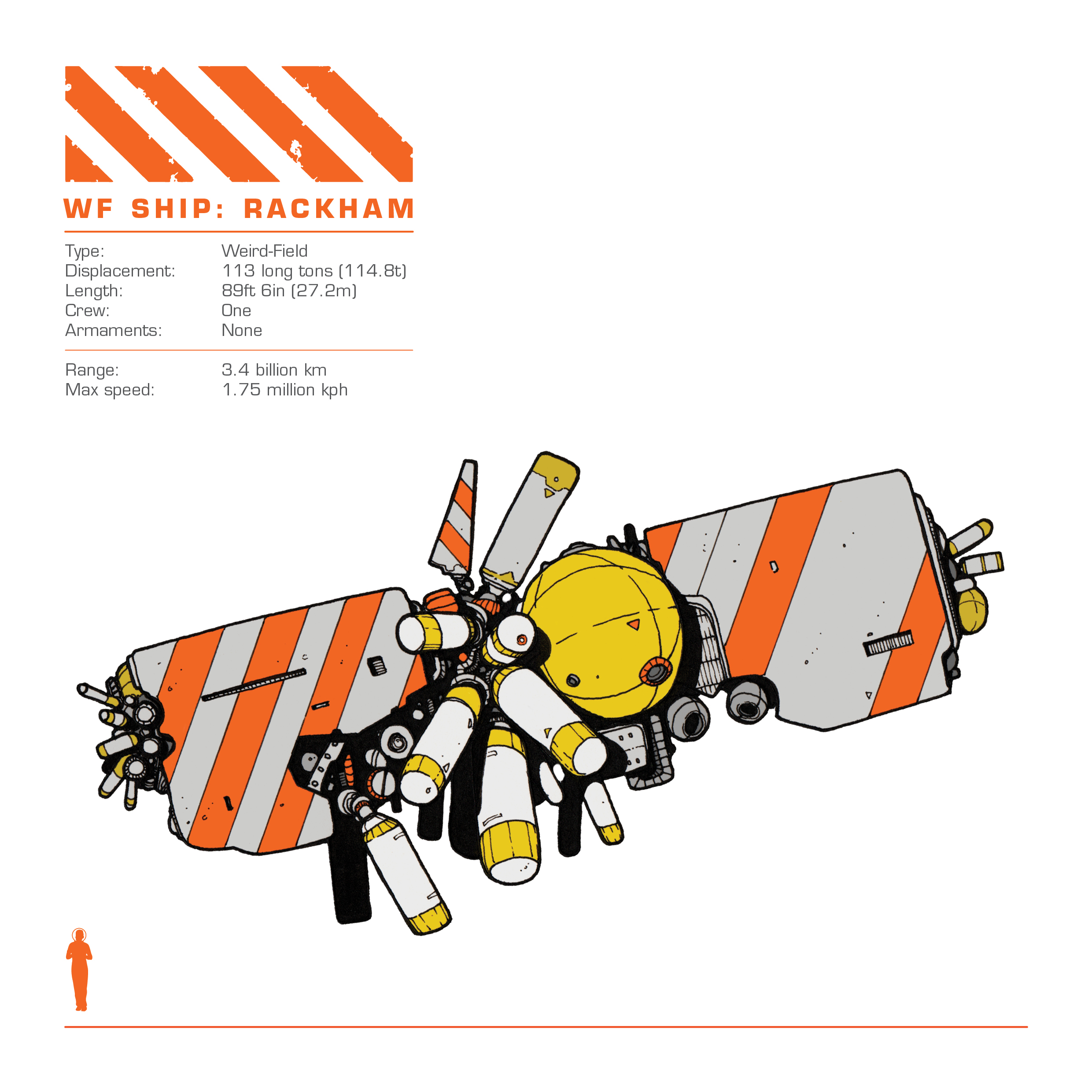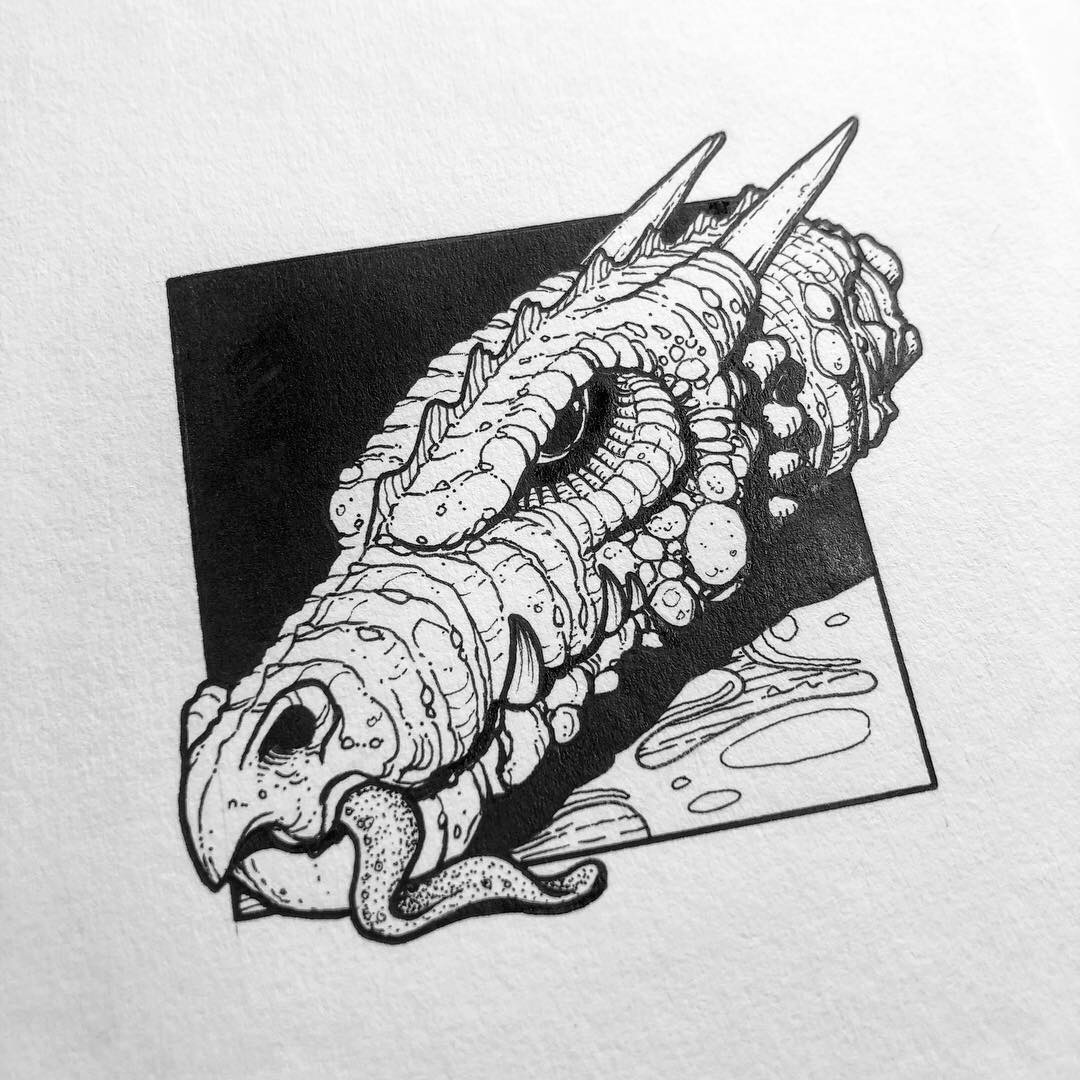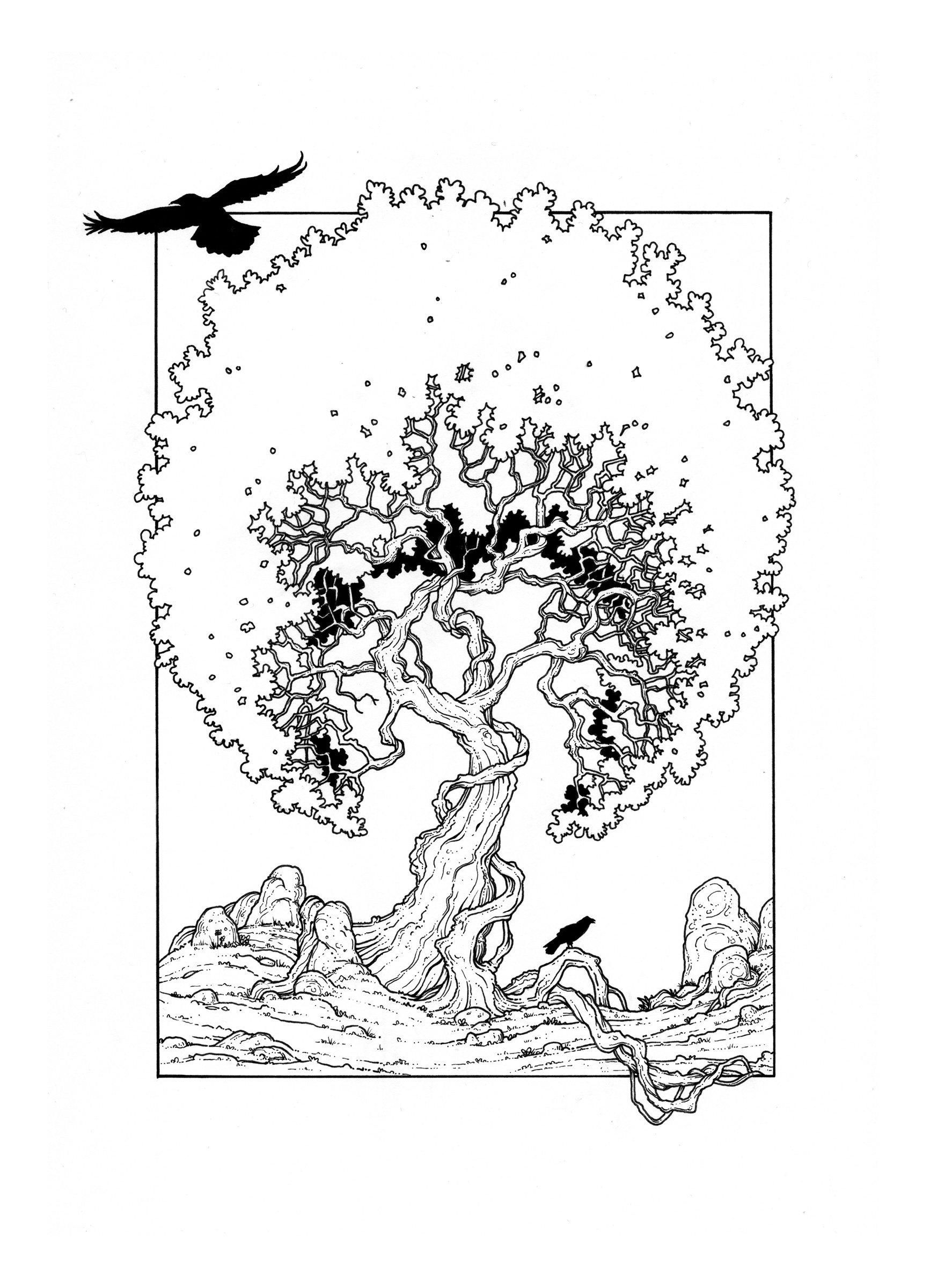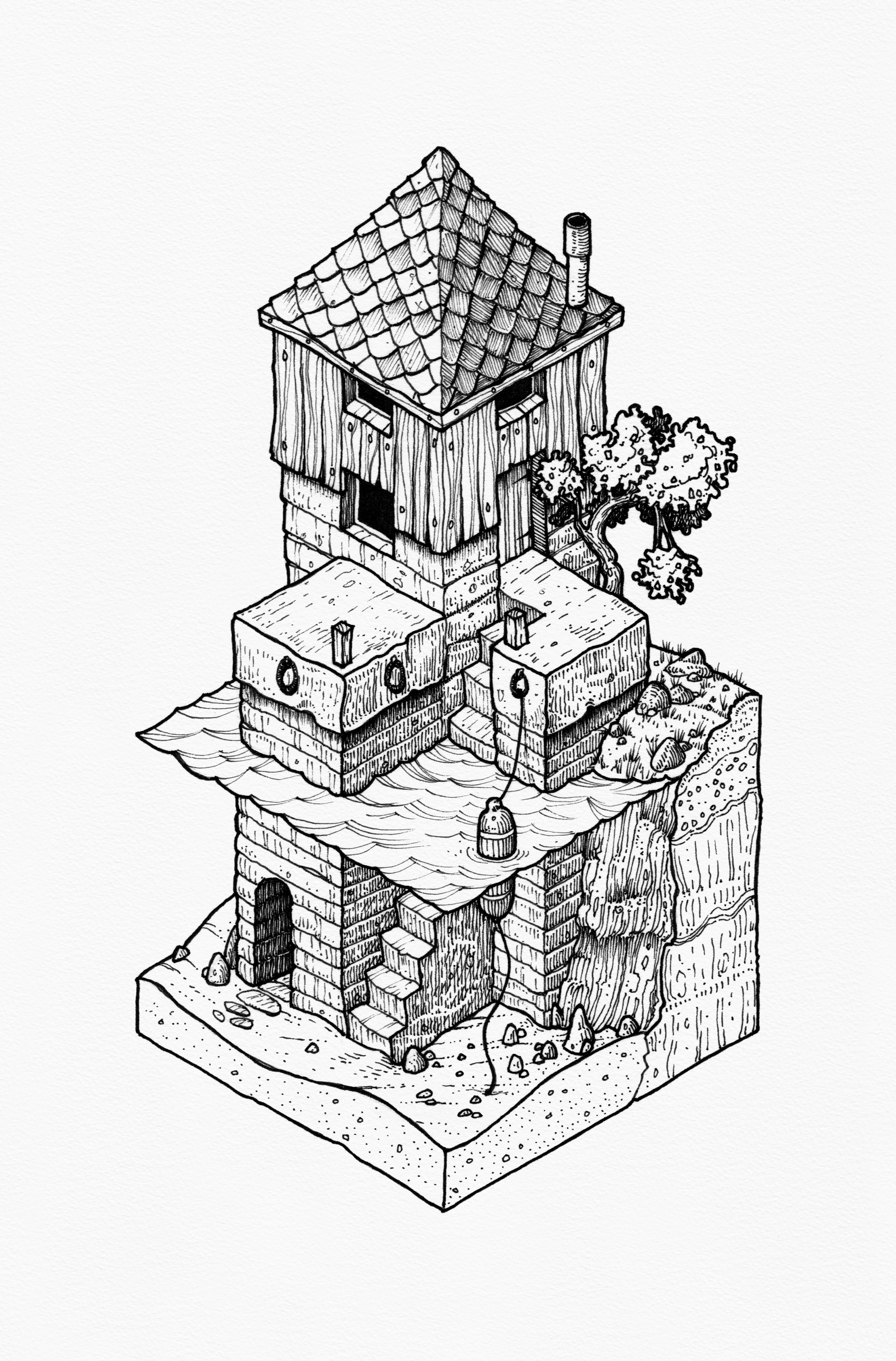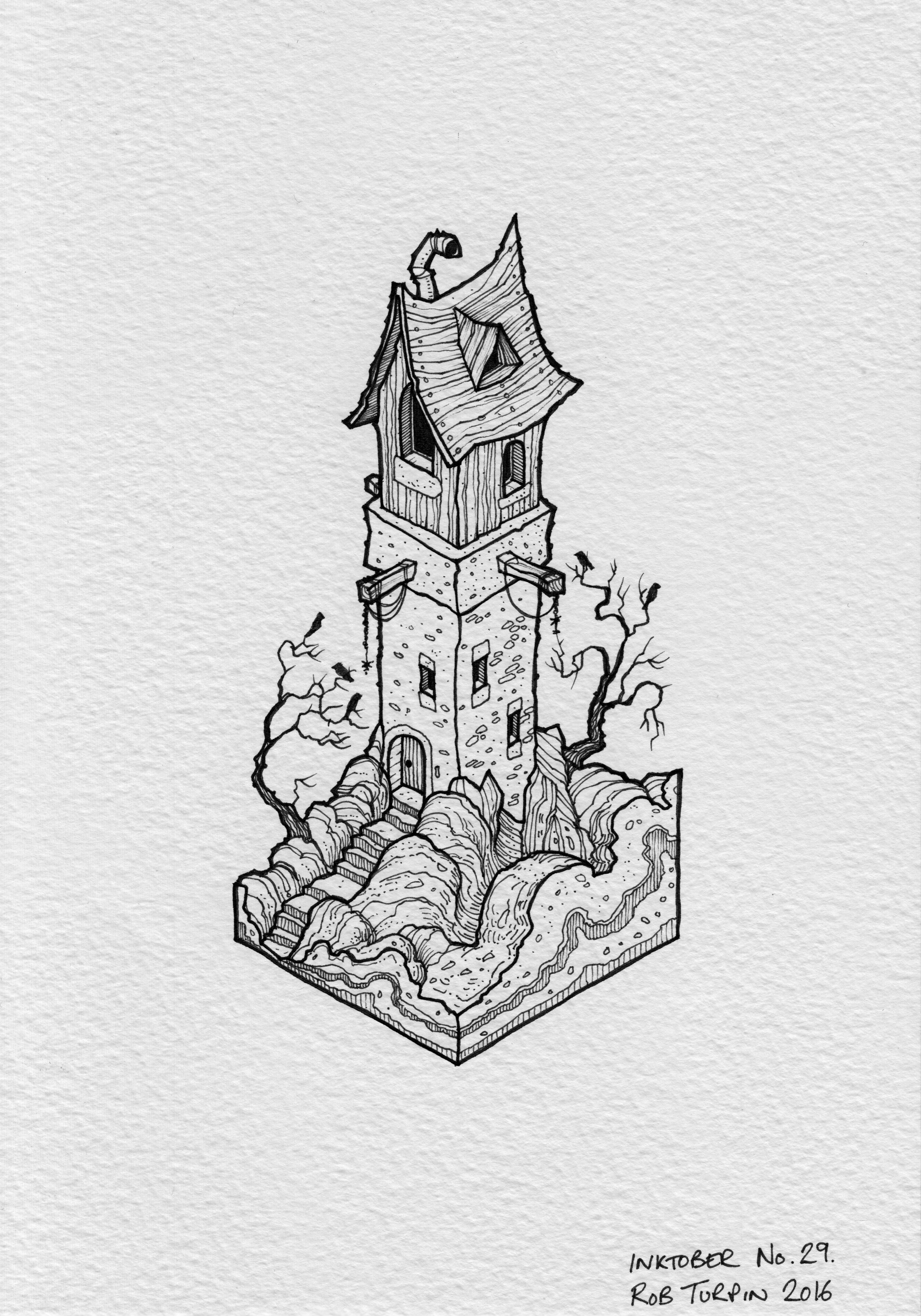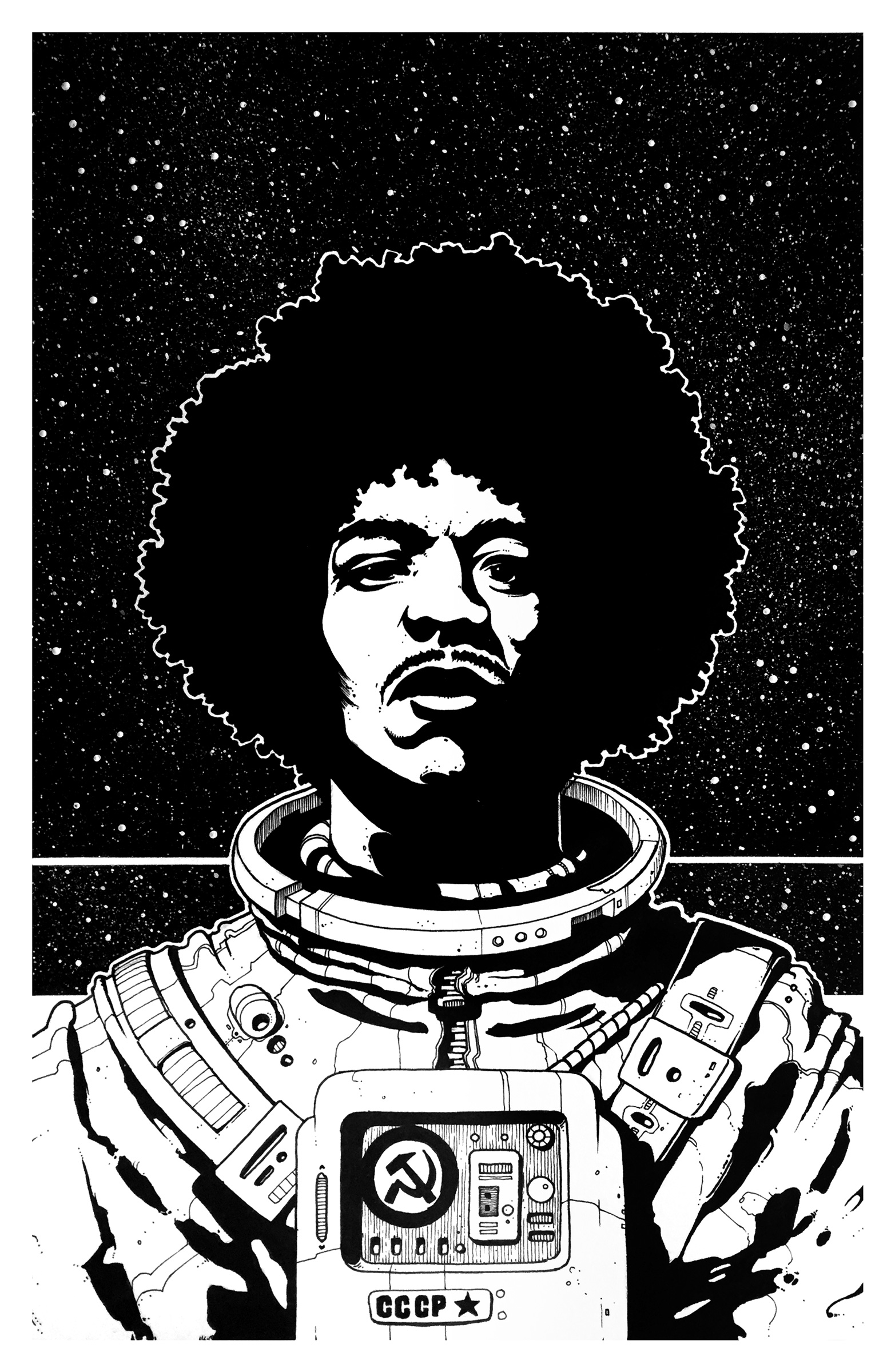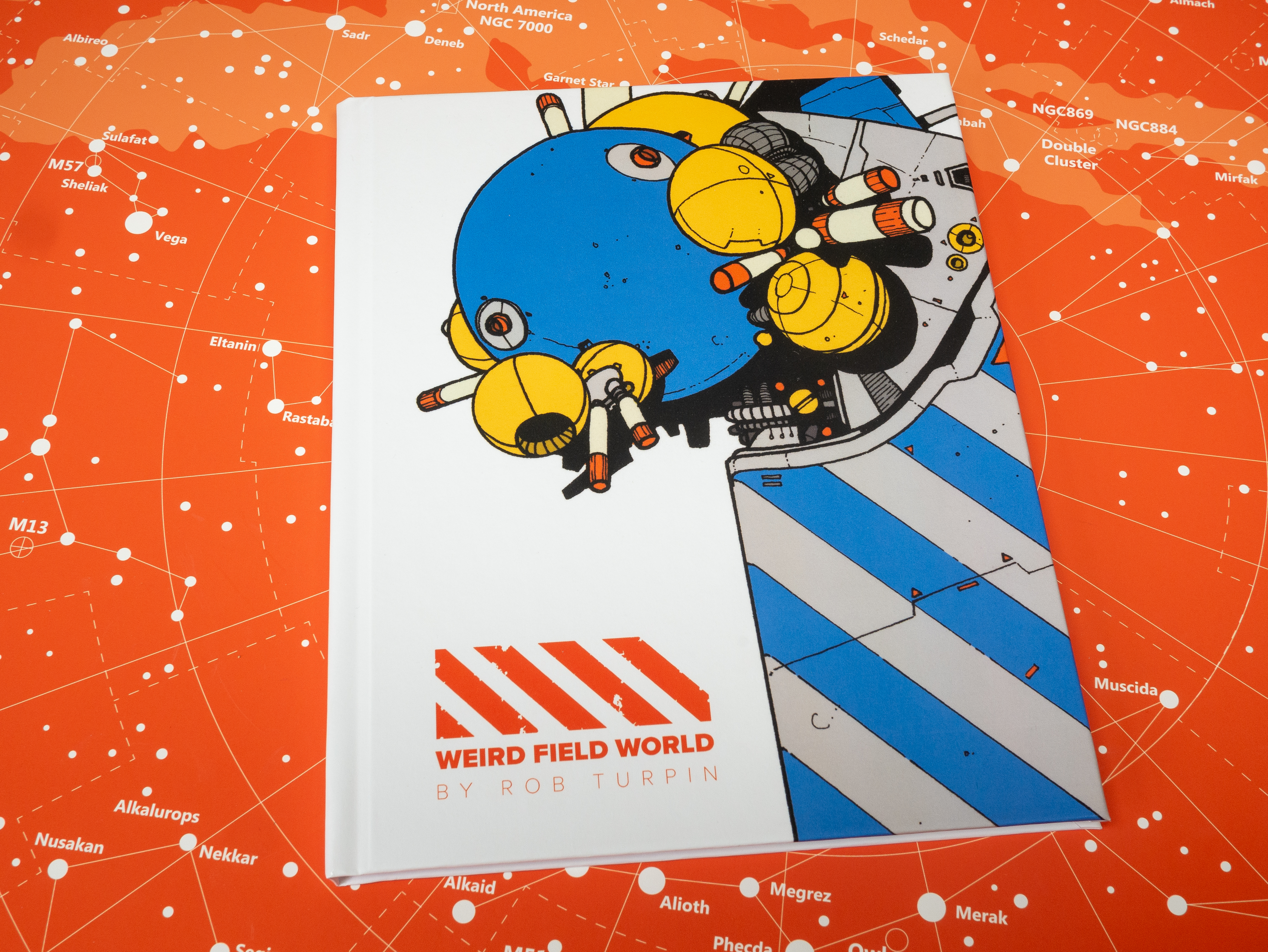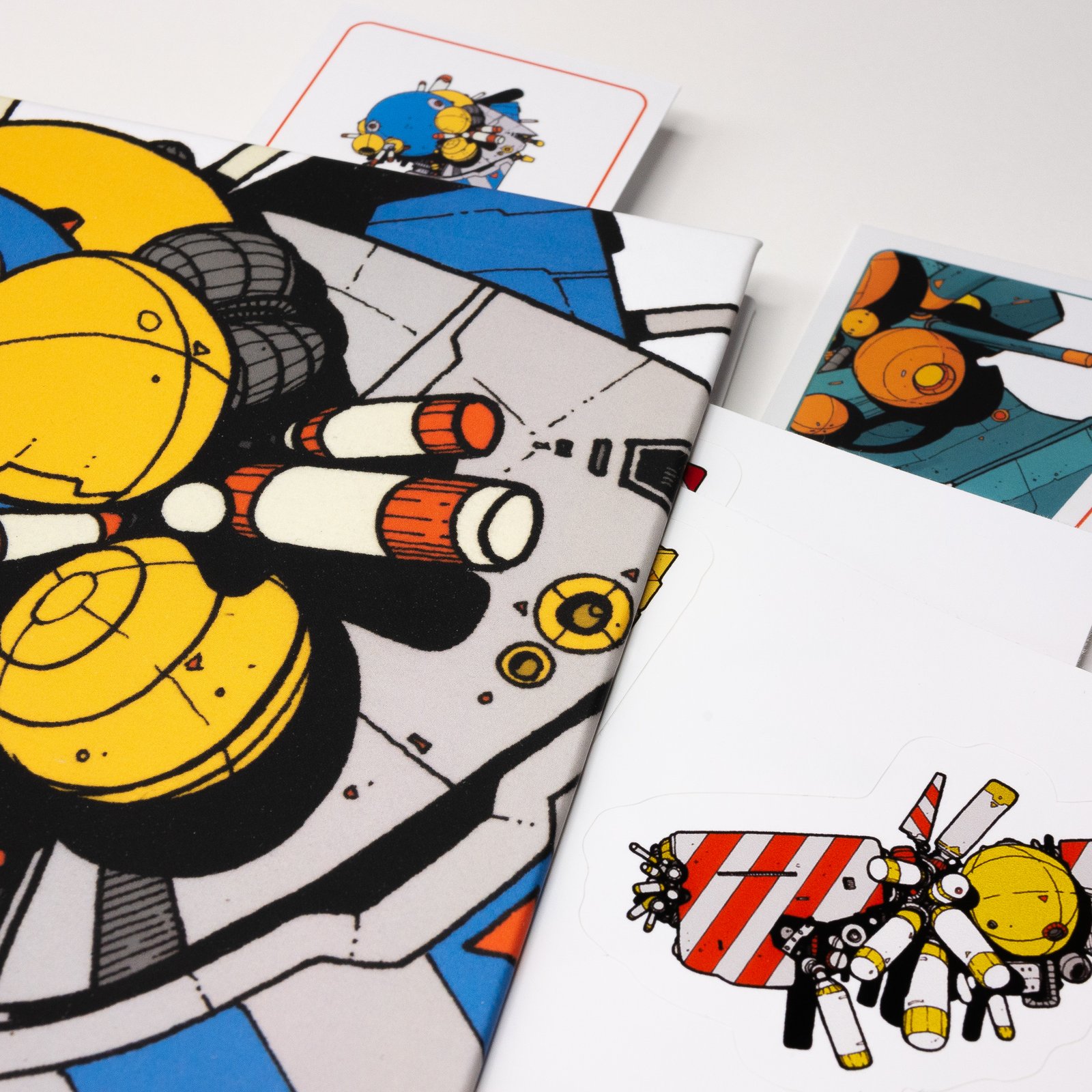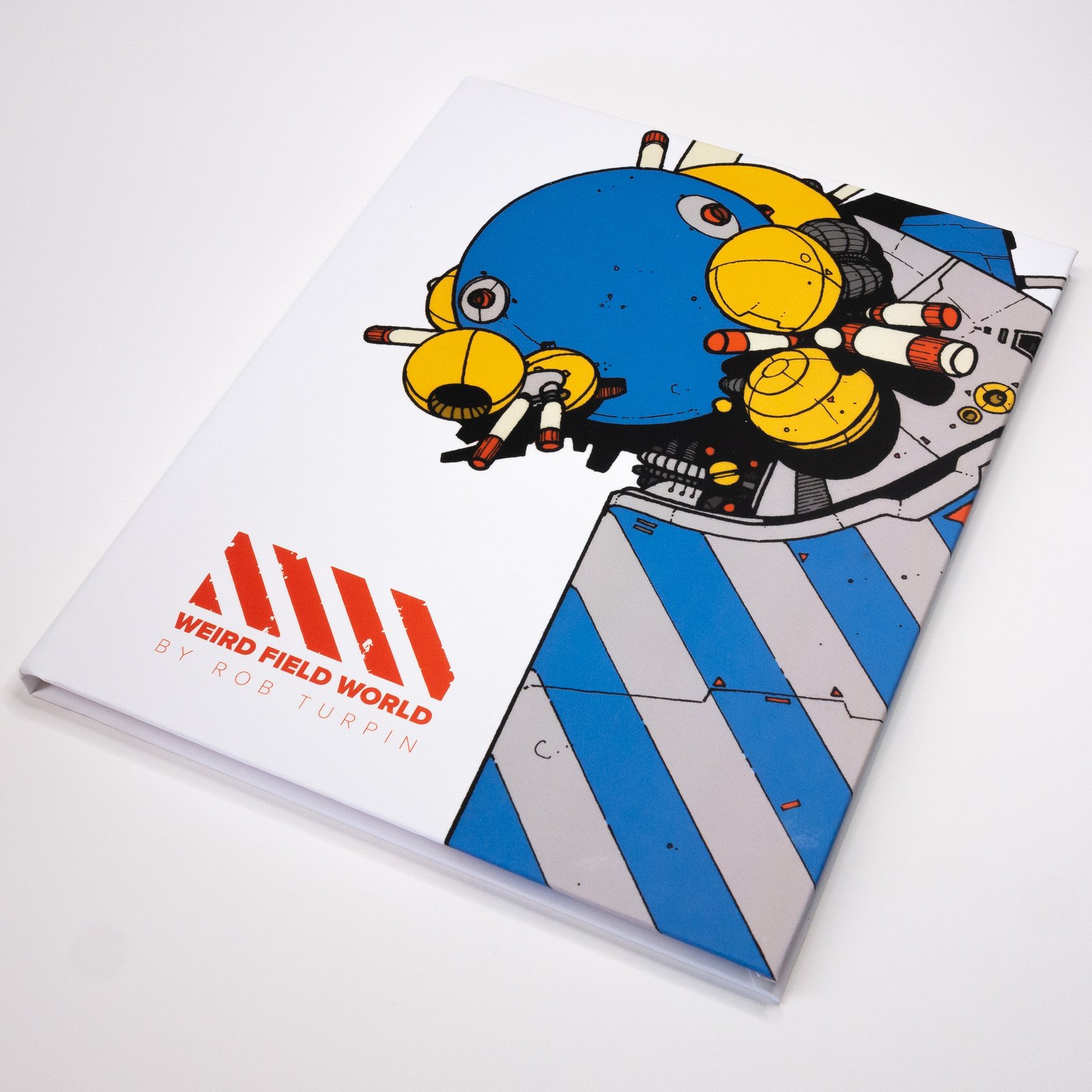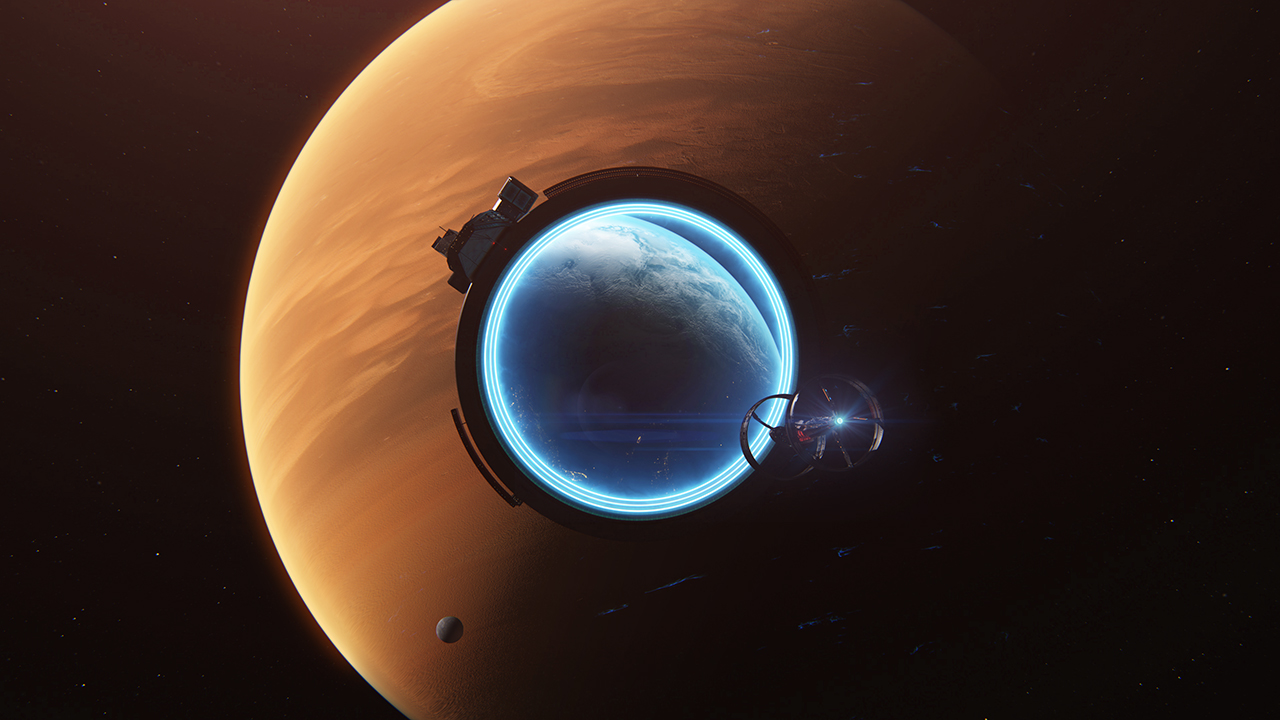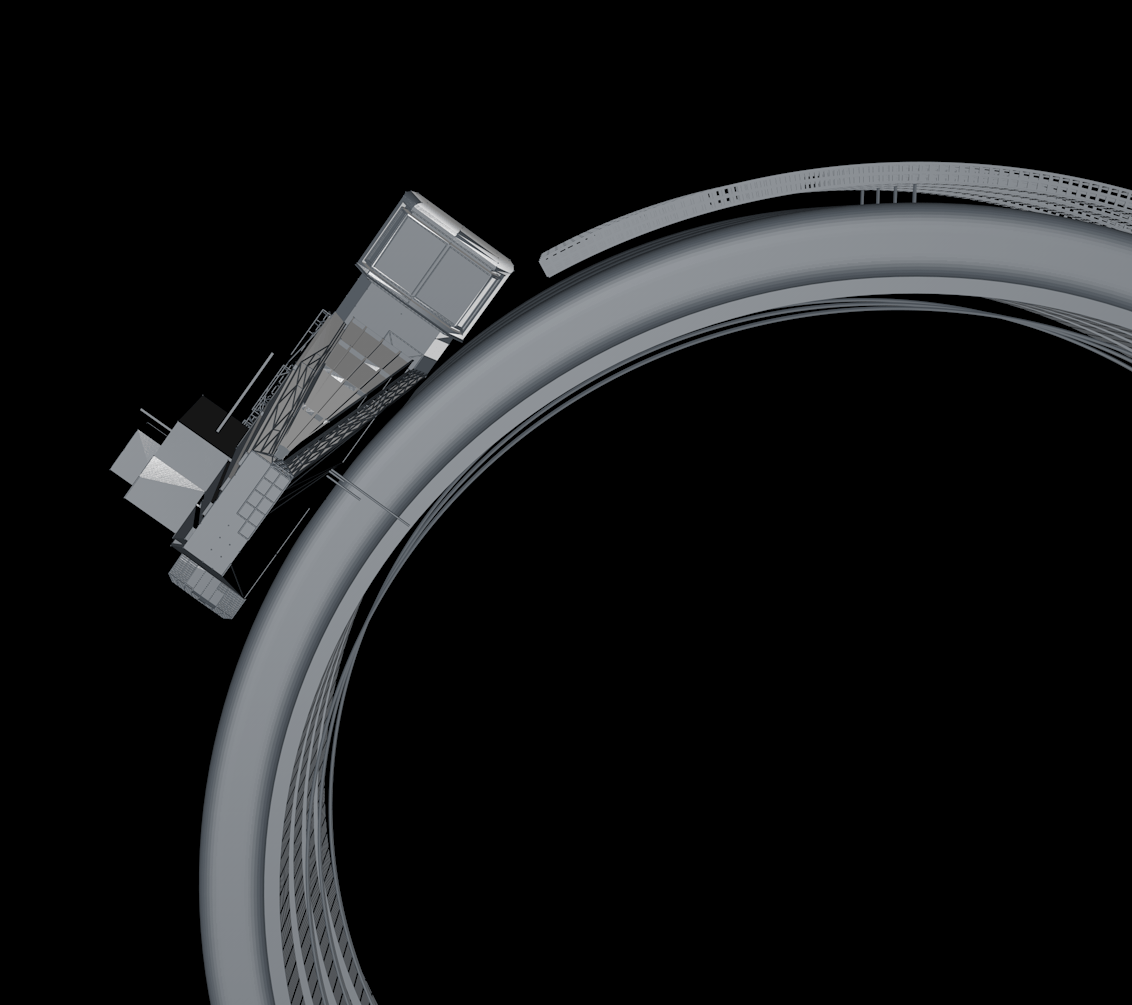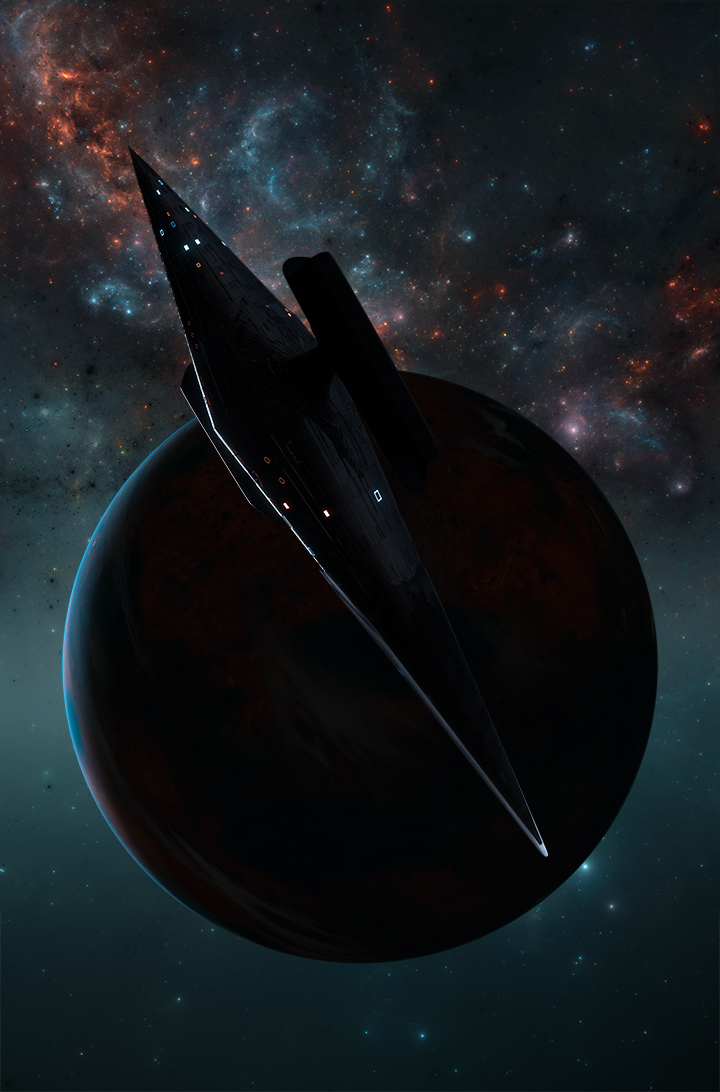An overdue update
As ever, it’s been a while. I have been pretty busy with a few jobs though, so I hope you’ll forgive me.
A couple of long term projects are just coming to a close, giving me a bit of breathing space – very welcome, but also leaving a big gap in terms of income – not so welcome. Definitely time to cast my eyes around for some more work.
Much of my work in the last year or so has been in the TTRPG (Table Top Role Playing Game) space, either on games themselves, or on some associated illustrated bits and pieces. There’s a big game coming out this year, called Zeo Genesis – which is a Warhammer 40k style game, set in the far future. I worked on a range of stuff for the game, from concept art for spaceships, to scenery designs, and even some work on the logo and design of the rulebook. The other big project, was An Infinity of Ships, which is a ‘system agnostic’ toolkit for sci-fi rpgs. It can be used by GMs, players, or game designers, to help flesh out their world building and to give some weird flavour to their games – particularly with regard to spaceships. Here are a few of the 80+ images I created for An Infinity of Ships.

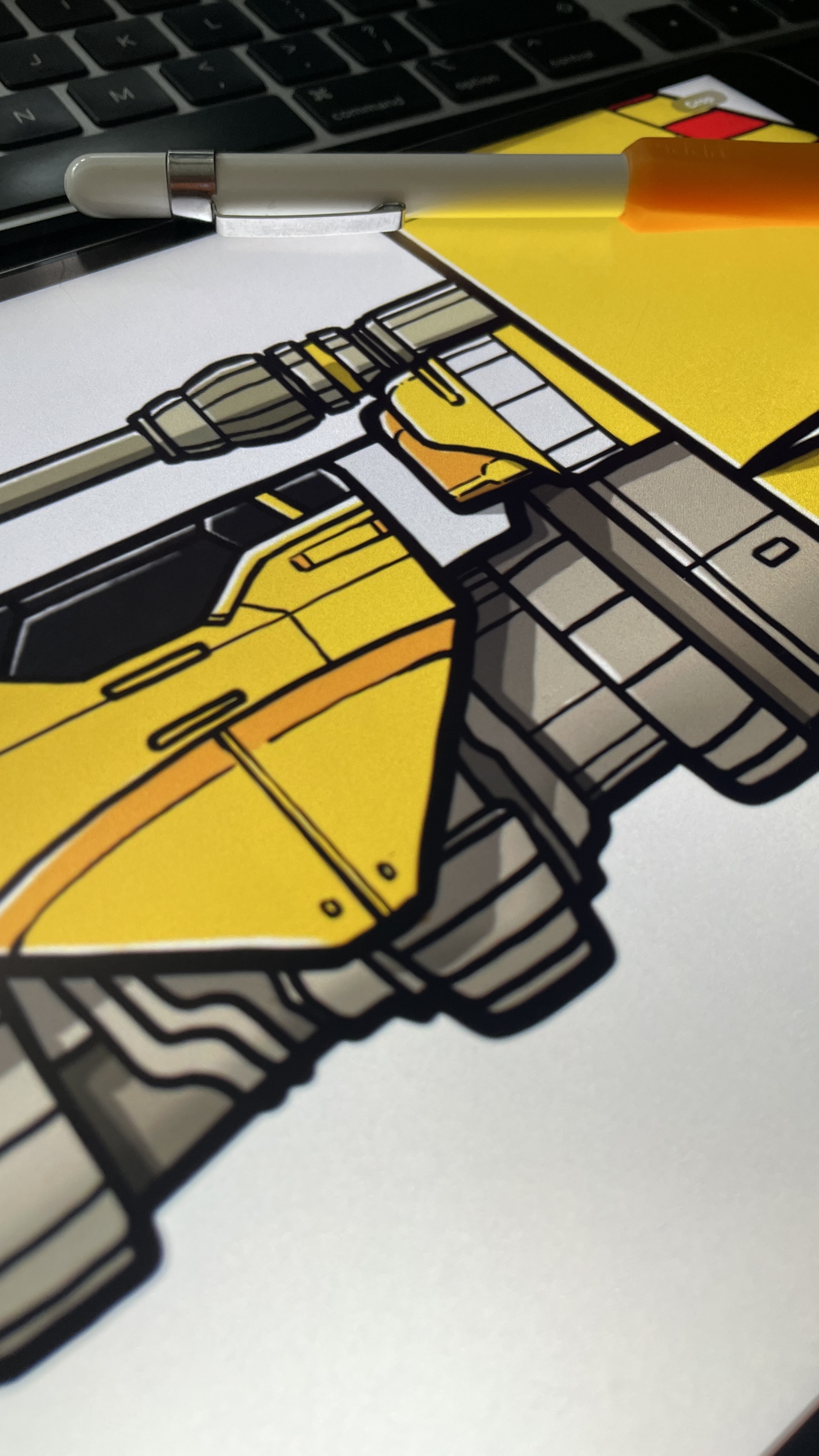


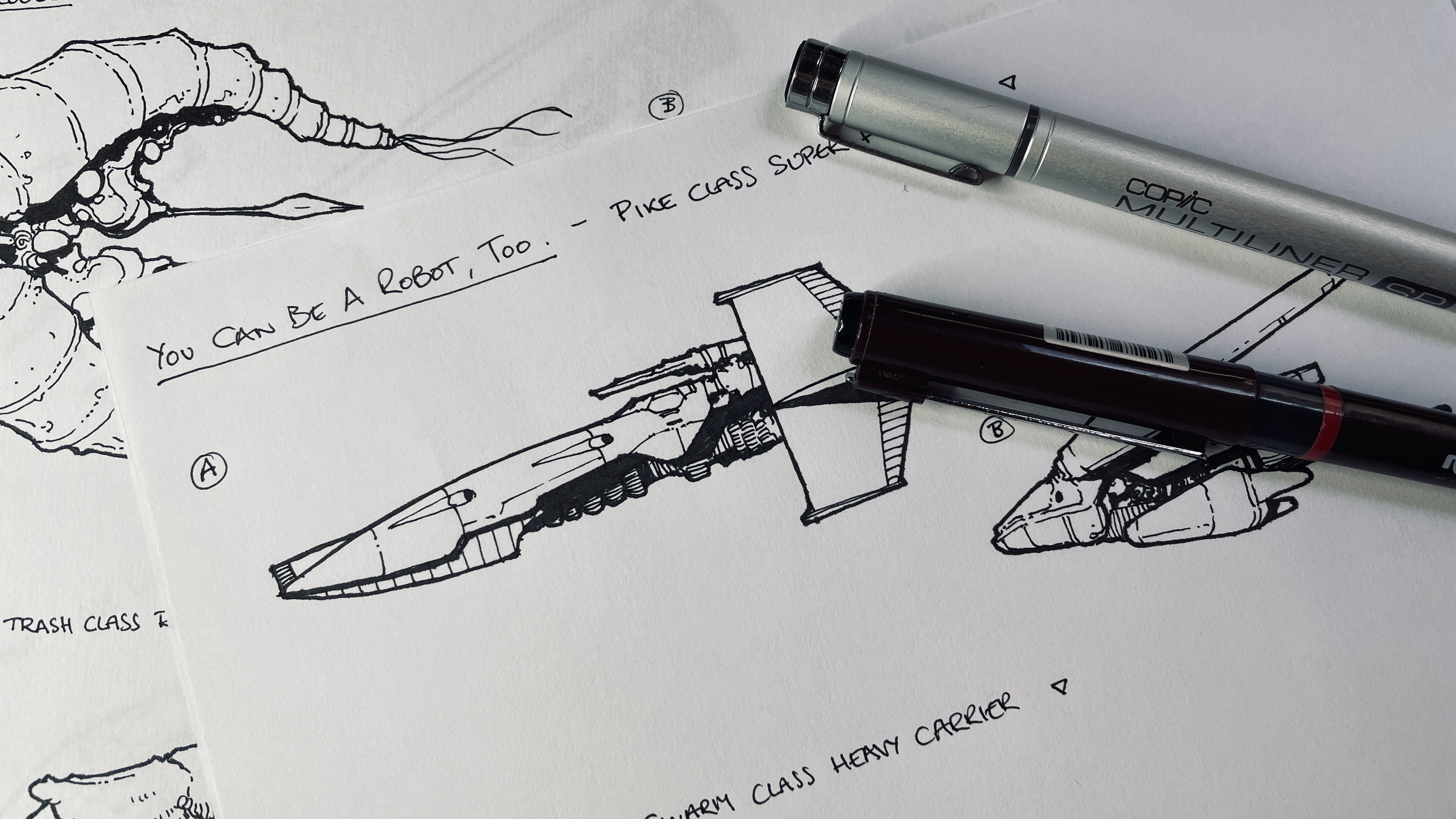

I’ve also recently been playing around with some ideas for a comic – not that I’ve actually written one. I did a sketch (below), and someone suggested it looked a little like a comic cover, so I made it in to one.

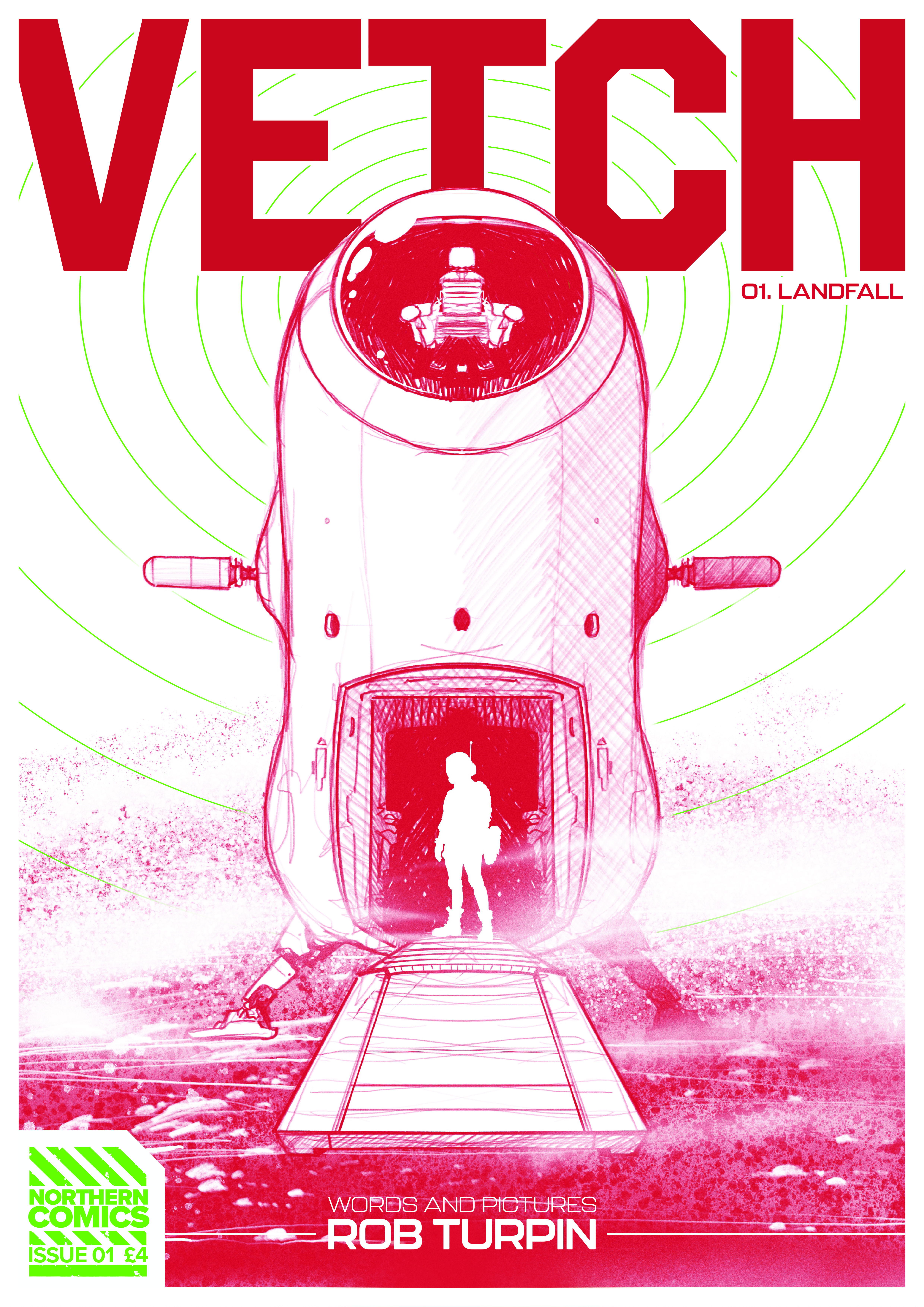
I really liked how this looked, so I decided to create a few more. There’s no real story for the comics yet, just this short outline I posted to Twitter…
One more job they said. One more job, then I can retire. Retiring at thirty isn’t unheard of, but it’s unusual enough to get me some curious looks back at The Mission.
Not everyone’s been thirty as long as I have though. I’ve earned a rest.





Maybe, just maybe, something will come of this idea. Perhaps. And if not, it’s a fun little project just making covers.
The next thing on my schedule, is promoting a little offshoot of the Infinity of Ships project, called An Infinity of Pins. It’s a project which is part of ‘Pintopia‘, from Backerkit. 20 creators producing enamel pin badges, and there’s a cross-promotional and collaborative aspect to it. There are a bunch of spaceship pin badges, based on my illustrations, that you can pick up. I’m really looking forward to getting my mitts on some of these myself.
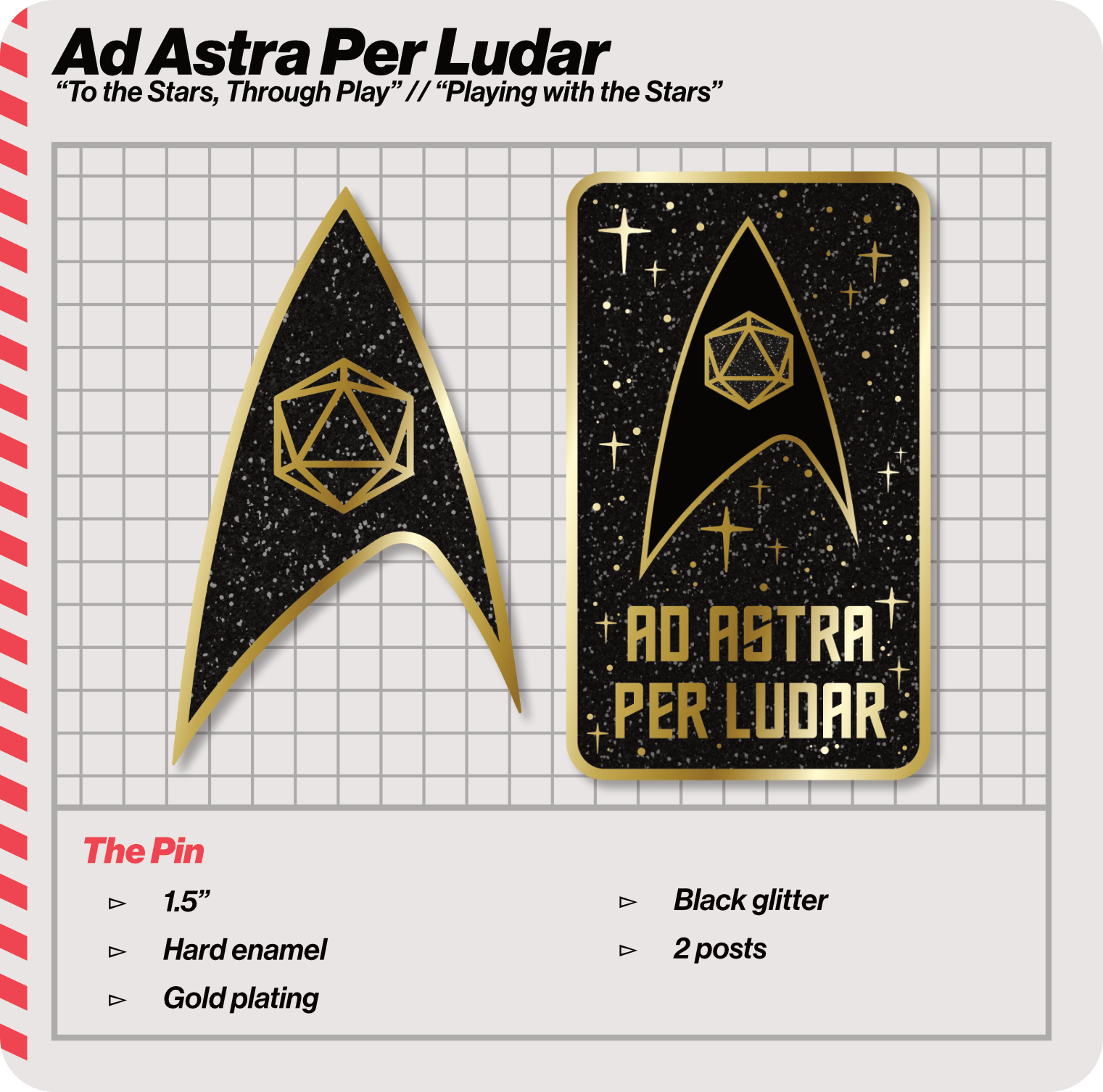


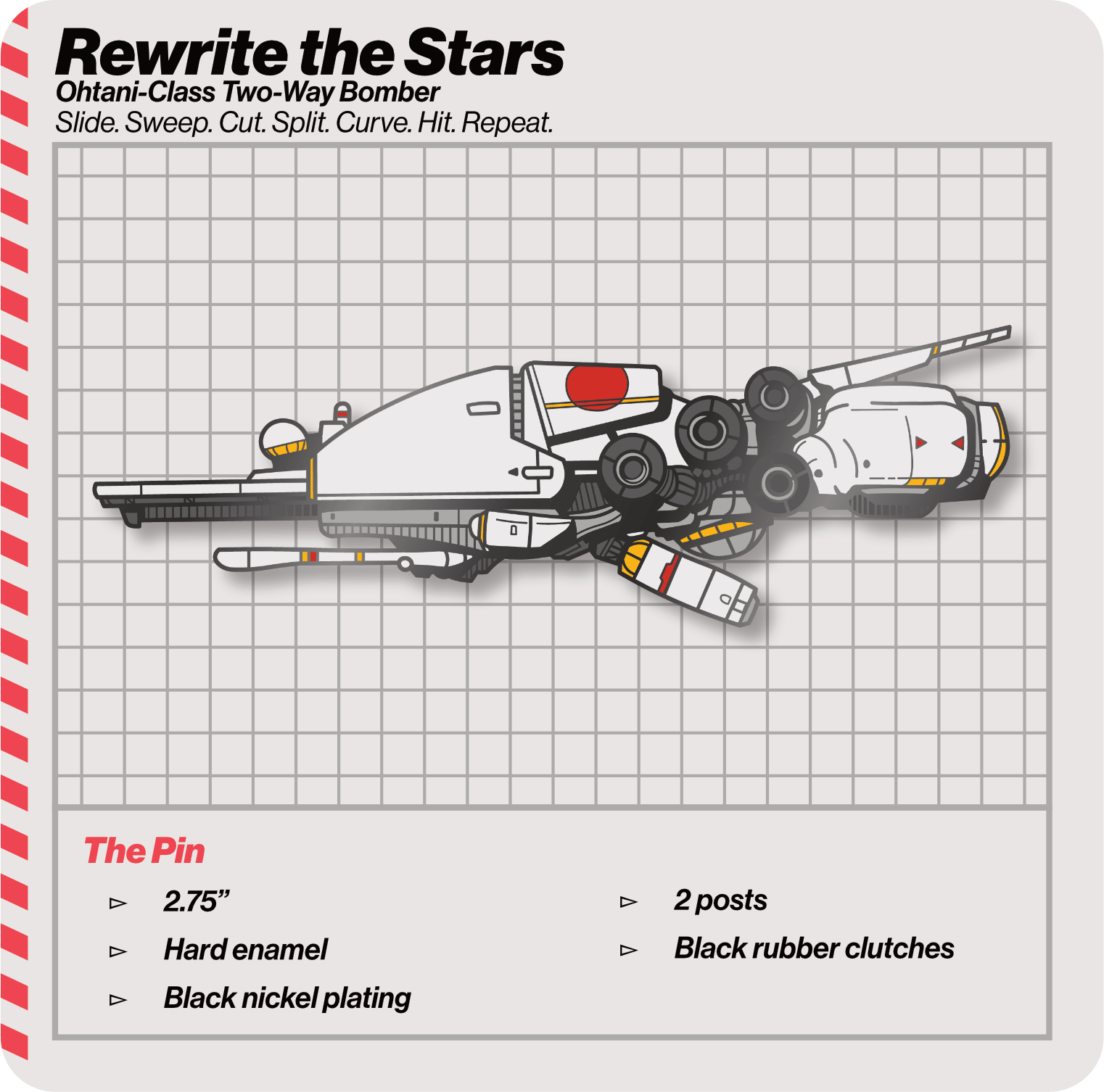


So while I’m looking for work, and promoting these projects, feel free to have a browse and sign-up and back them if they’re your thing. Meanwhile, I might just be writing a space horror rpg of my own.
Thanks for reading, and I’ll see you soon (not literally, that would be spooky).
You can find more of my work online…
Prints
Twitter
Instagram
Mastodon
BlueSky
Gumroad – for digital downloads of my work
Facebook
Tumblr
And if you’d like to buy me a coffee, to fuel my drawings…



